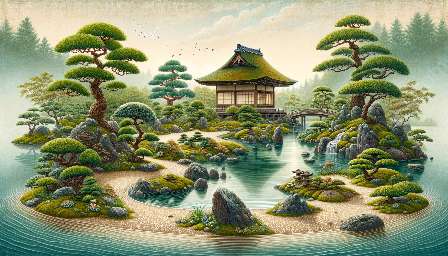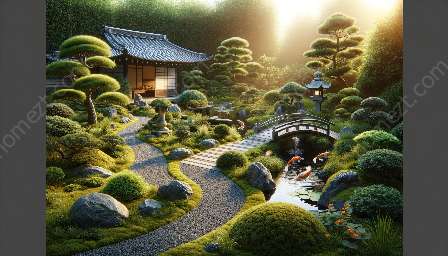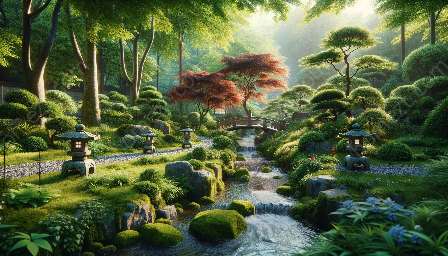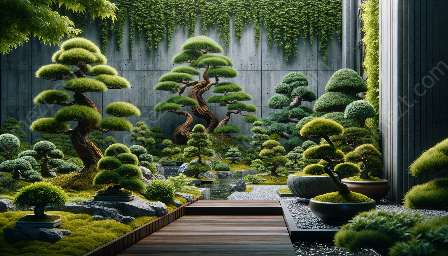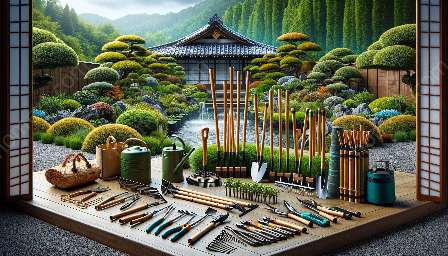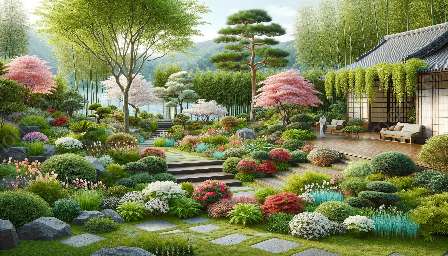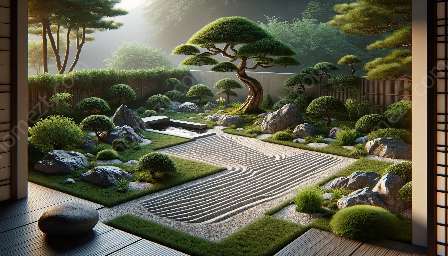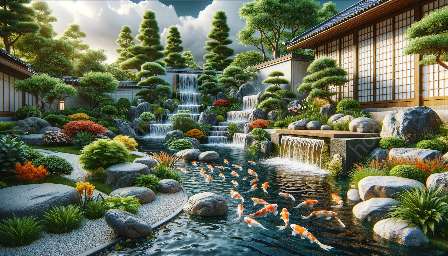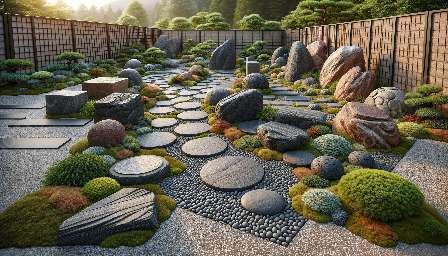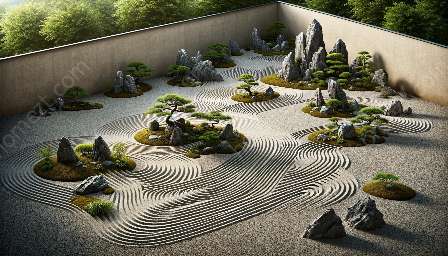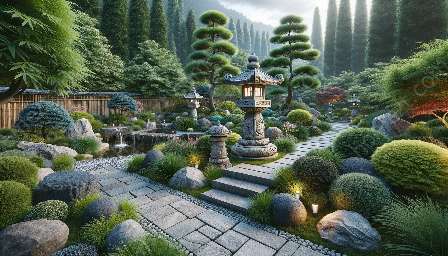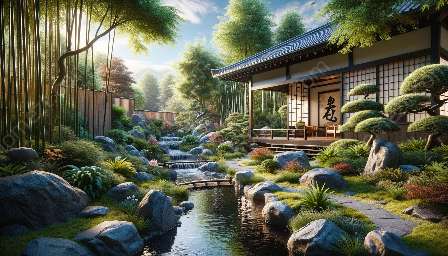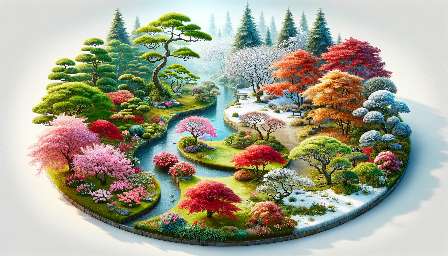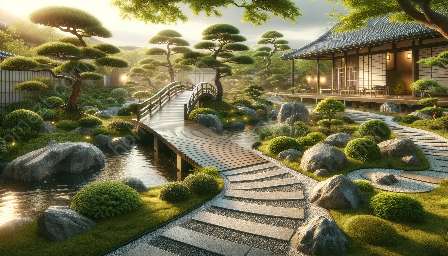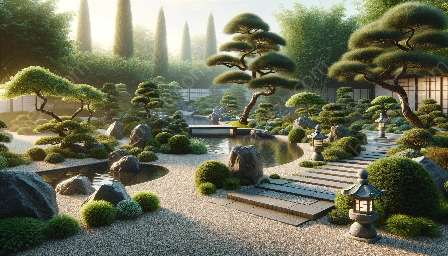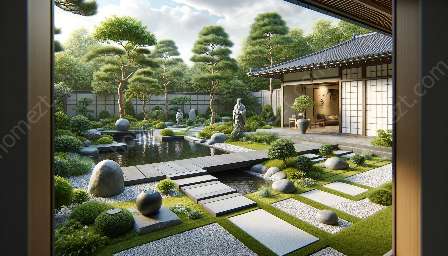Japanese gardens are known for their tranquil beauty, which is often enhanced by various ornaments and decorations. Let's delve into the art of Japanese garden decorations, from traditional to modern, and their relevance to gardening and landscaping.
The Art of Japanese Garden Ornaments
Japanese garden ornaments are an integral part of the overall aesthetic appeal. These decorative elements are carefully chosen to complement and enhance the natural surroundings, creating a harmonious and serene environment.
Traditional Ornaments
Traditional Japanese garden ornaments often include stone lanterns, water basins, pagodas, and bamboo fences. These elements are rich in symbolism and have deep cultural significance.
Stone Lanterns
Stone lanterns, or 'ishidoro,' are iconic features of Japanese gardens. They are crafted from natural stone and can be found in various designs, such as the yukimi-gata (snow-viewing lantern) and the tachi-gata (standing lantern).
Water Basins
Water basins, or 'tsukubai,' serve both practical and symbolic purposes in Japanese gardens. They are used for ceremonial purification and provide a soothing visual and auditory element with their gently flowing water.
Pagodas
Pagodas, inspired by traditional Buddhist stupas, are often seen in Japanese gardens. They symbolize the connection between the earthly and spiritual realms, adding a sense of tranquility and spirituality to the garden.
Bamboo Fences
Bamboo fences, or 'takegaki,' are popular choices for creating boundaries within Japanese gardens. They add a rustic and natural touch while maintaining a sense of openness and flow.
Modern Decorative Features
While traditional ornaments continue to have their allure, modern Japanese gardens often integrate contemporary decorative elements. Sculptures, minimalist water features, and Japanese-inspired furniture are a few examples of modern decorations that blend seamlessly with the traditional aesthetics.
Enhancing Your Japanese Garden
When incorporating ornaments and decorations into a Japanese garden, it's essential to consider the principles of balance, harmony, and simplicity. The placement of each ornament should be thoughtful, creating a sense of continuity and complementing the surrounding natural elements.
Symbolism and Meaning
One of the fascinating aspects of Japanese garden ornaments is their symbolism. For example, stone lanterns represent illumination and spiritual guidance, while bamboo fences signify resilience and flexibility.
Practical Considerations
When selecting ornaments for a Japanese garden, it's crucial to consider practical aspects as well. The materials should be durable and weather-resistant, and the scale and design of the ornaments should align with the overall design of the garden.
Relevance to Gardening and Landscaping
Japanese garden ornaments and decorations offer valuable insights for gardening and landscaping beyond the realm of traditional Japanese gardens. The art of balancing natural elements with carefully curated decor can be applied to various garden styles, creating a sense of harmony and tranquility.
Adapting Japanese Aesthetics
While not every garden may be a Japanese garden, incorporating Japanese ornaments and decorations can introduce elements of mindfulness, simplicity, and natural beauty to any landscape design.
Finding Balance
The concept of finding balance in the placement of ornaments and decorations is essential in Japanese gardens, and it can be a guiding principle for creating appealing landscapes in various cultural contexts.
Conclusion
Japanese garden ornaments and decorations are not merely embellishments; they are essential components that contribute to the profound beauty and tranquility of Japanese gardens. Whether embracing tradition or embracing modern interpretations, these decorative features offer timeless inspiration and valuable lessons for gardening and landscaping endeavors.

